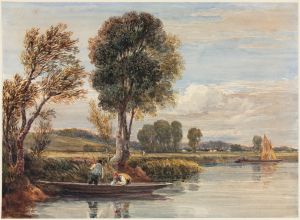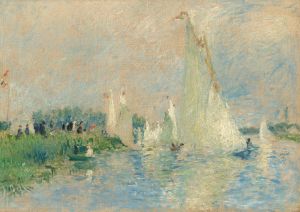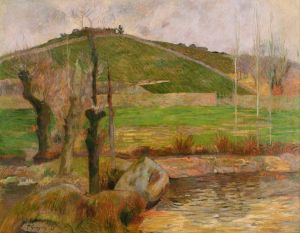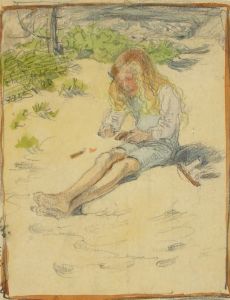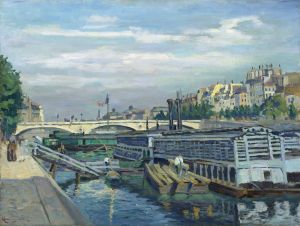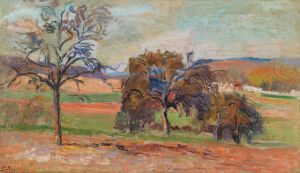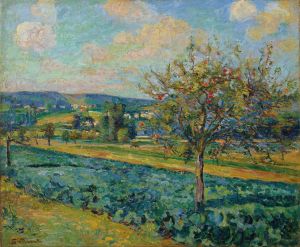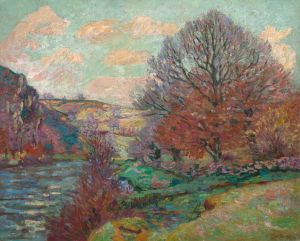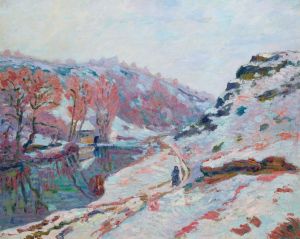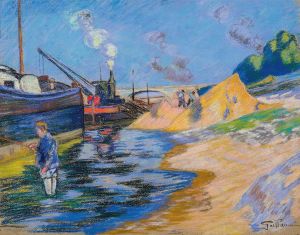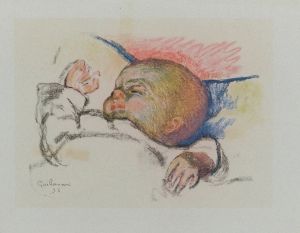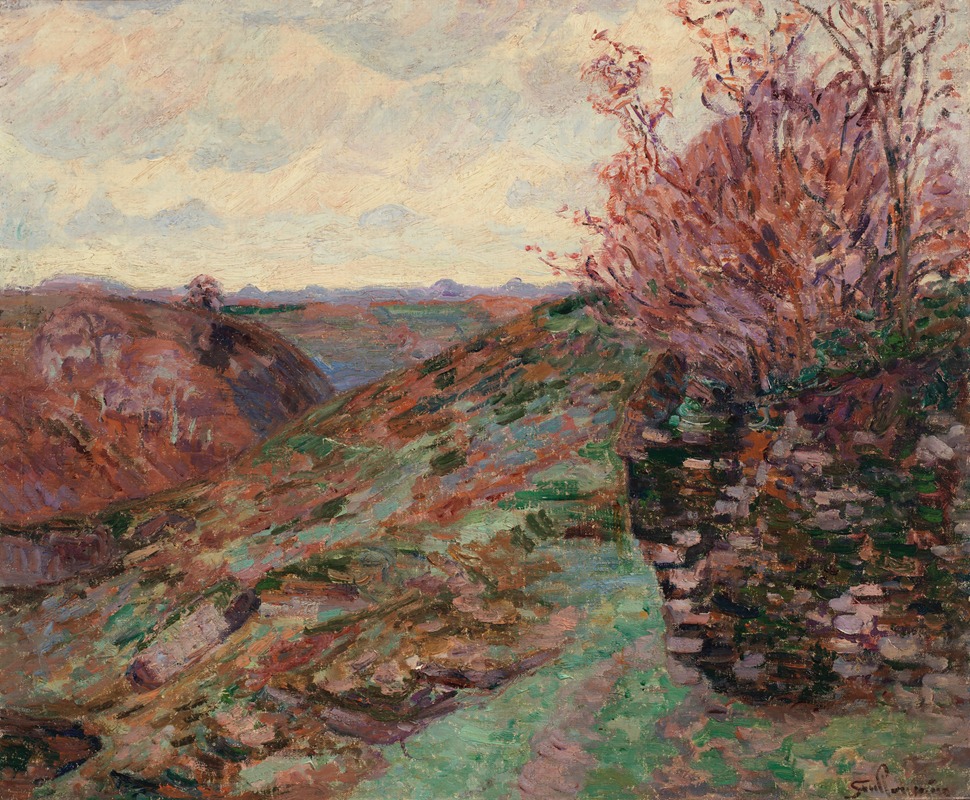
Paysage
A hand-painted replica of Armand Guillaumin’s masterpiece Paysage, meticulously crafted by professional artists to capture the true essence of the original. Each piece is created with museum-quality canvas and rare mineral pigments, carefully painted by experienced artists with delicate brushstrokes and rich, layered colors to perfectly recreate the texture of the original artwork. Unlike machine-printed reproductions, this hand-painted version brings the painting to life, infused with the artist’s emotions and skill in every stroke. Whether for personal collection or home decoration, it instantly elevates the artistic atmosphere of any space.
Armand Guillaumin (1841–1927) was a French impressionist painter known for his vibrant use of color and his depictions of the French landscape. One of his notable works is "Paysage," which exemplifies his style and contribution to the Impressionist movement. Guillaumin was a contemporary of artists like Claude Monet, Camille Pissarro, and Paul Cézanne, and he participated in the first Impressionist exhibition in 1874.
"Paysage," like many of Guillaumin's works, captures the essence of the natural world with a focus on light and color. Guillaumin was particularly interested in the effects of light on the landscape, a hallmark of the Impressionist style. His paintings often feature bold, expressive brushstrokes and a vivid palette, which convey the changing moods and atmospheres of the scenes he depicted.
Guillaumin's landscapes are noted for their dynamic compositions and the way they capture the transient effects of light and weather. He frequently painted en plein air, a practice that allowed him to observe and render the natural world directly. This approach was central to the Impressionist movement, which sought to break away from the formal studio techniques of the time and capture the immediacy of the moment.
"Paysage" is representative of Guillaumin's work during the height of his career. The painting likely features a rural or semi-rural scene, as Guillaumin was known for his depictions of the French countryside, particularly areas around the Creuse River and the Île-de-France region. His landscapes often include elements such as rolling hills, rivers, and trees, rendered with a sense of movement and vitality.
Guillaumin's use of color in "Paysage" would have been innovative for its time. He employed a technique known as divisionism, where colors are applied in small, distinct dots or strokes that blend in the viewer's eye. This method enhances the luminosity and vibrancy of the painting, creating a shimmering effect that captures the essence of the scene.
Throughout his career, Guillaumin remained committed to the ideals of Impressionism, even as other artists moved towards Post-Impressionism and other styles. His dedication to capturing the beauty of the natural world and his innovative use of color have earned him a place among the notable figures of the Impressionist movement.
While Guillaumin may not be as widely recognized as some of his contemporaries, his work has been appreciated for its contribution to the development of modern art. "Paysage" is a testament to his skill as a painter and his ability to convey the beauty and complexity of the natural world through his art. His paintings continue to be celebrated for their vibrant color, dynamic compositions, and the way they capture the fleeting moments of light and atmosphere.






